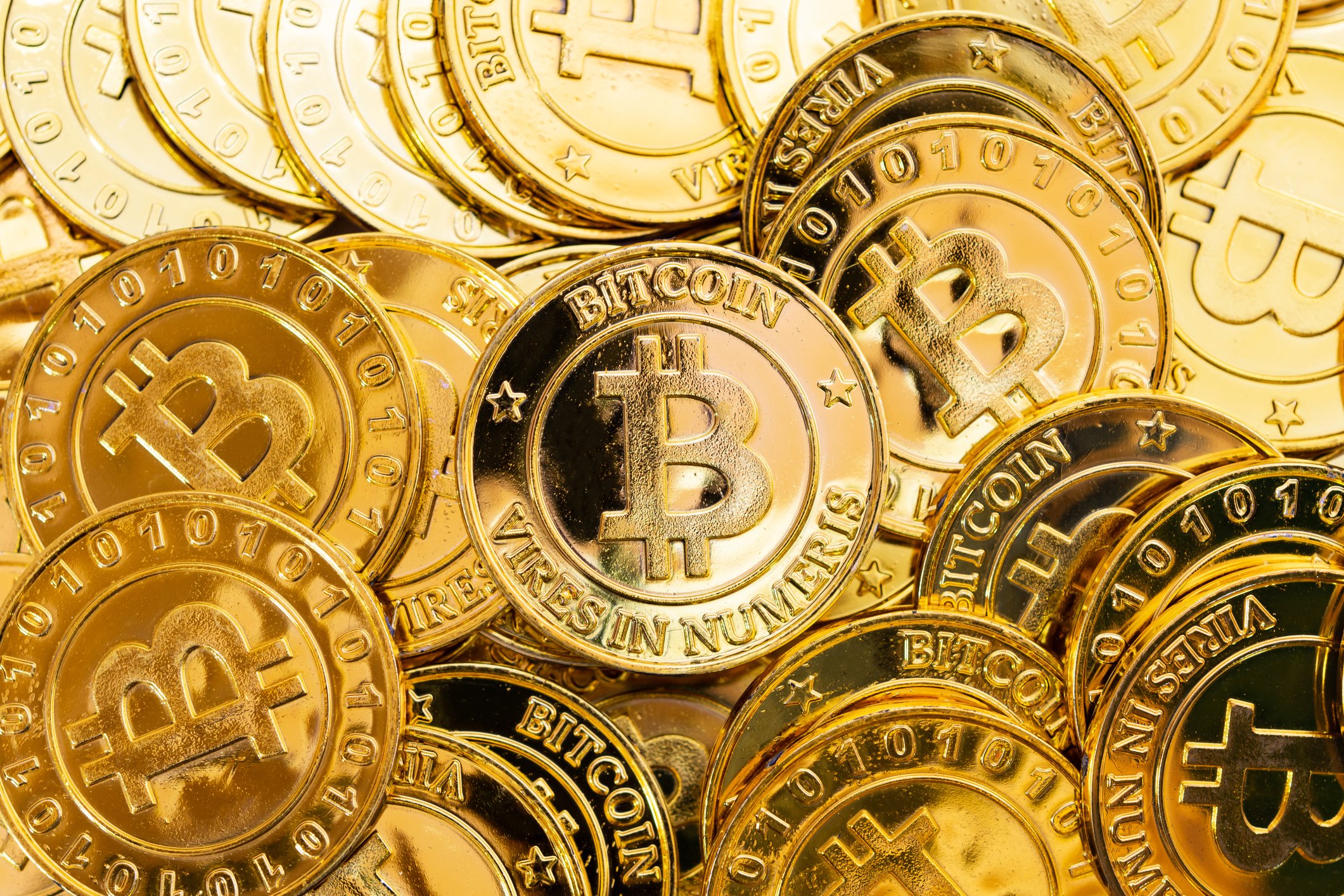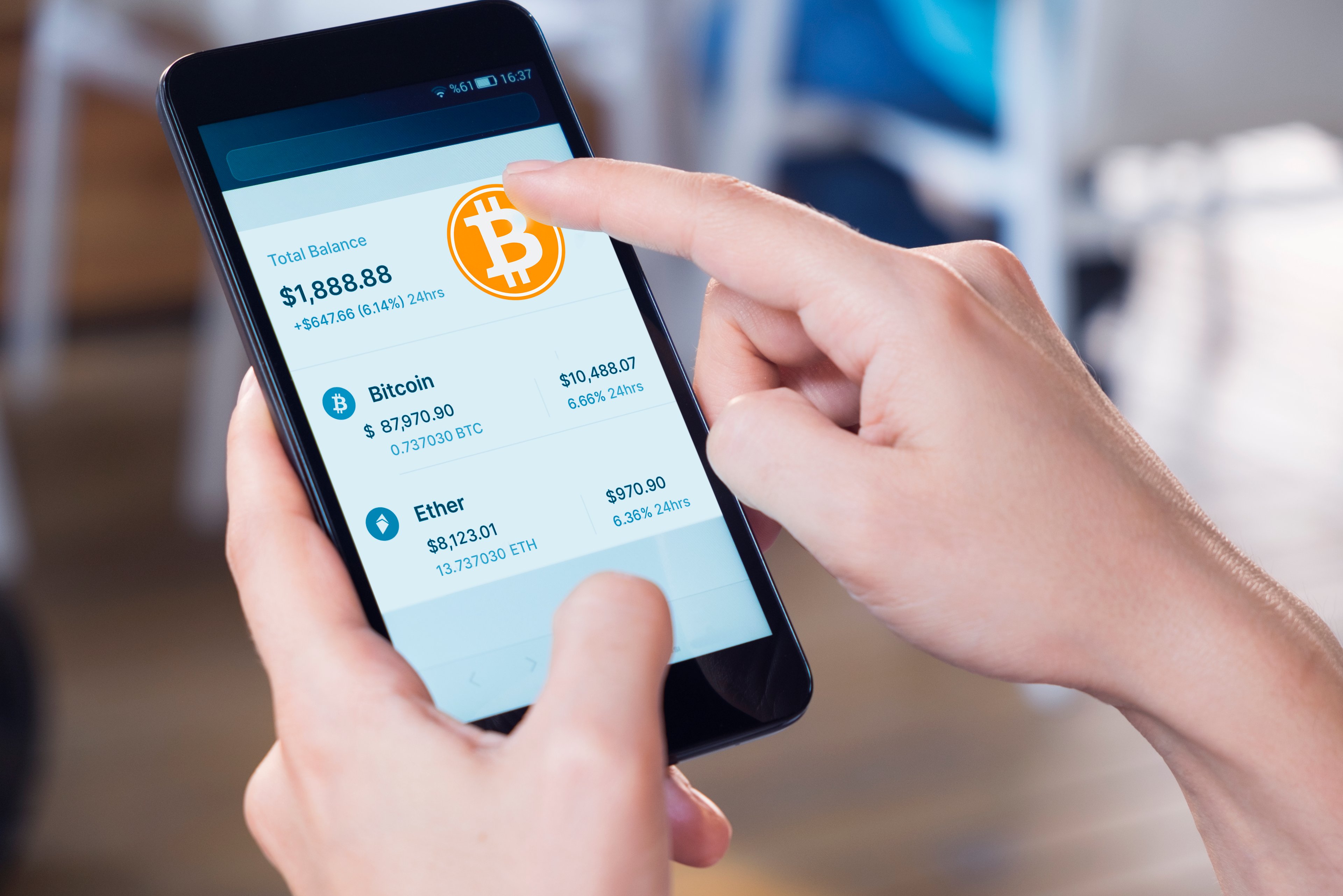Conventional wisdom says never chase last year's winner. During the last 12 months, Dogecoin (DOGE 3.95%) is up by roughly 140%, outpacing Bitcoin's (BTC 2.68%) 100% climb. When the scoreboard looks like that, it's natural to wonder if the smart move is to swap the tortoise for the hare, even if you might have some reservations about buying a meme coin.
So should you forget Bitcoin and load up on Dogecoin instead?

Image source: Getty Images.
Bitcoin's mechanics and demand are still strong
Bitcoin runs on scarcity. Its maximum supply is fixed at 21 million coins, which is enforced by consensus among its node operators. The coin has already issued roughly 95% of its eventual supply, with just over 1 million coins left to be mined. At the same time, the rate at which it's mined is declining exponentially over time as a result of its halving mechanism, so it will take many years before its maximum possible supply is actually in circulation.
That means the quantity of available coins for buyers to purchase is only going to get smaller and smaller over time, assuming long-term holders retain their coins consistently, as they have so far. But scarcity only compounds an asset's price if demand has reliable channels. In 2025, spot exchange-traded funds (ETFs) are that channel, steadily absorbing billions of dollars worth of coins and lowering the float that actually changes hands while attracting capital from the traditional financial sector.

CRYPTO: BTC
Key Data Points
Furthermore, the store-of-value narrative keeps broadening, and many now look at Bitcoin as digital gold as a result of its scarcity. Bitcoin's supply mechanism is programmatic, which is why more financial institutions and capital allocators are starting to treat it as a modern reserve asset rather than a means of payment.
The risks facing the coin are largely macroeconomic in nature. In an economic downturn, ETF outflows could depress prices, and investors' risk tolerance could easily dry up if liquidity declines.
Nonetheless, there's little reason to forget Bitcoin when you're selecting investments. Pretty much every other cryptocurrency that's not a stablecoin is going to be riskier -- and even then, some stablecoins probably have a higher chance of going to zero than Bitcoin.
Dogecoin's momentum is real, but its value engine is lacking
It is fair to acknowledge the appeal of investing in Dogecoin.
It has a vibrant community, and it can be profitable. Plus, it's fun to feel like you're a part of a meme community. During the past year, its rise has outpaced many major cryptocurrencies, which is a reminder that sentiment and narrative can move price quickly.
Under the hood, Dogecoin's supply increases by about 5 billion coins per year. There is no hard cap on its supply. In other words, its scarcity is relative, and its pricing is thus highly dependent on market conditions, particularly sentiment and liquidity. So, while it can be considered as a store of value in some sense, it's hardly something that can be expected to be as valuable as you might prefer it to be at any given moment.
Separately, there has been some discussion in the developer community about enabling Dogecoin to allow purpose-built Layer-2 (L2) networks to add smart contract capability. That would give it some utility, which in theory could juice some demand for the coin. But it's just early stage talk, not shipped code.
There is another community proposal to cut Dogecoin issuance from about 5 billion per year to 500 million, which would be a substantial improvement and reduce the odds that holders' value is diluted over time. If ever adopted, that would reduce annual issuance. But it's still just a discussion, not a network consensus change. So treat it as speculative until the network adopts it.
Given the above, it doesn't make sense to buy Dogecoin right now, especially not if it comes at the expense of investments in safer assets that are more likely to perform, like Bitcoin. Dogecoin may still continue to produce eye-popping rallies. It might even add a compelling L2 platform.
But right now the coin lacks a hard supply cap, relies on preliminary tech roadmaps for its next act, and does not have strong demand to steadily absorb increasing supply. And Bitcoin does.





